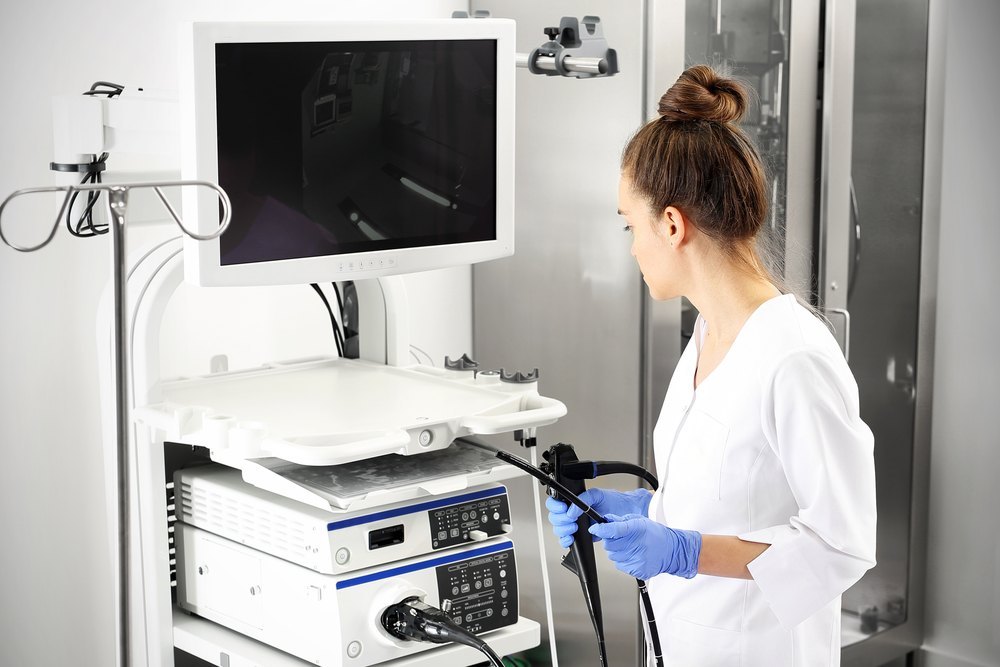In recent years, medical device testing has undergone a transformative journey that has revolutionized healthcare standards. The rapid advancements in technology and the increasing demand for more sophisticated medical devices have propelled the need for rigorous testing and evaluation to ensure safety, effectiveness and compliance with regulatory standards. As a result, this evolution in testing practices has led to profound impacts on patient care, healthcare providers and the overall healthcare industry. One of the key drivers of this paradigm shift is the growing complexity of medical devices. From implantable cardiac devices to sophisticated imaging systems, these cutting-edge technologies have the potential to transform healthcare outcomes significantly. However, with increased complexity comes a higher risk of malfunction or failure, which could have severe consequences for patients and healthcare providers. Therefore, stringent testing protocols have become paramount to identify and rectify any potential flaws in these devices before they reach the market or are used in clinical settings.

Moreover, the emergence of data-driven insights and artificial intelligence (AI) has empowered medical device testing with unparalleled capabilities. AI algorithms can analyze vast amounts of data collected during clinical trials and real-world usage, allowing for quicker identification of trends, anomalies and potential issues. This not only expedites the testing process but also enhances the accuracy and reliability of results. Consequently, this integration of AI in testing has significantly improved the overall efficiency and effectiveness of medical devices, translating into better patient outcomes and optimized healthcare delivery. Another crucial aspect of the redefined healthcare standards is the emphasis on patient-centered care. Medical device testing is now focused not only on the technical aspects of the devices but also on how they integrate into patients’ lives and contribute to their overall well-being. This approach has led to the development of more user-friendly and patient-oriented medical devices that cater to individual needs, preferences and lifestyles. By involving patients in the ats labs testing process, manufacturers gain invaluable insights into the real-world practicality and usability of their devices, fostering a patient-centric culture within the industry.
Furthermore, the collaborative efforts between regulatory bodies, healthcare providers and medical device manufacturers have played a pivotal role in setting new standards for safety and quality. The integration of real-world evidence in the testing process has facilitated a deeper understanding of the long-term performance and outcomes of medical devices, offering a more holistic perspective to both developers and end-users. This collaborative approach has also fostered a culture of transparency and accountability, building trust between stakeholders and promoting responsible innovation. As medical device testing continues to evolve, its impact on healthcare standards will only grow more pronounced. With an increasing focus on patient safety, data-driven insights and collaborative partnerships, medical device testing has set a precedent for improved healthcare outcomes. Patients can now benefit from cutting-edge technologies with enhanced confidence in their safety and efficacy. Healthcare providers, on the other hand, can optimize their treatment plans and interventions by leveraging data from well-tested devices.

